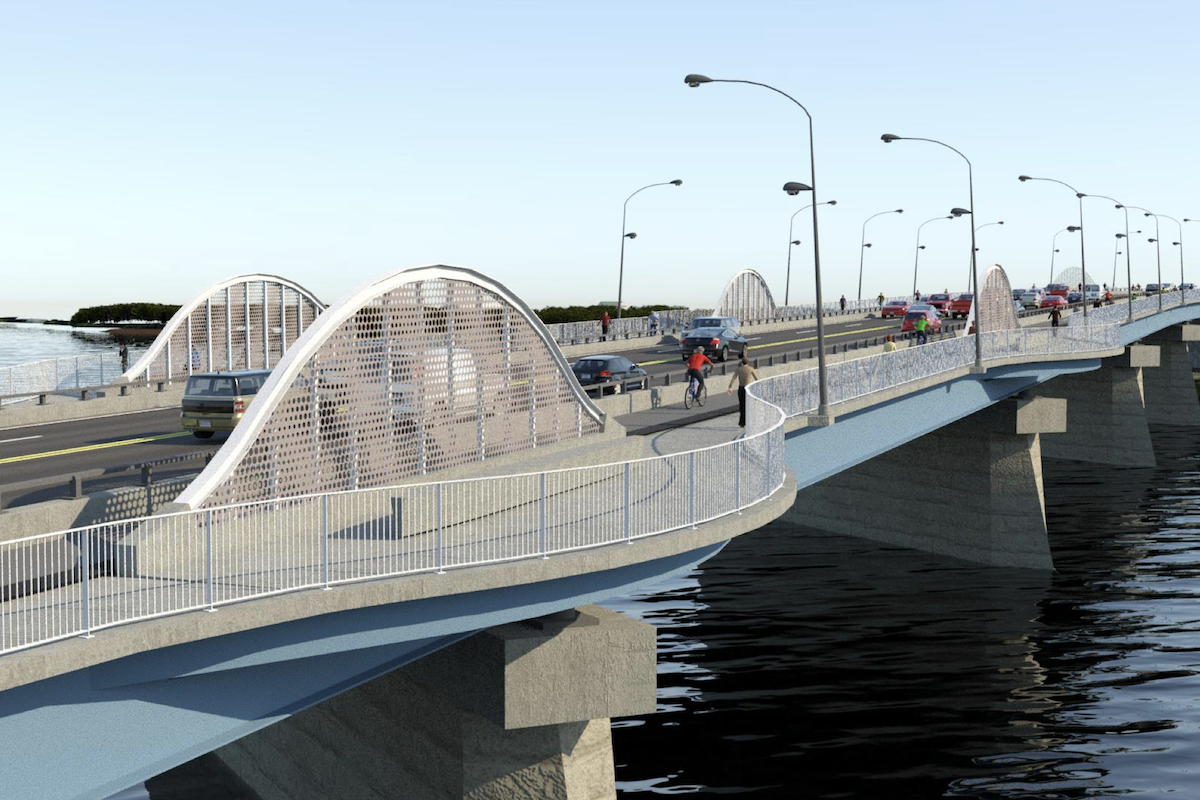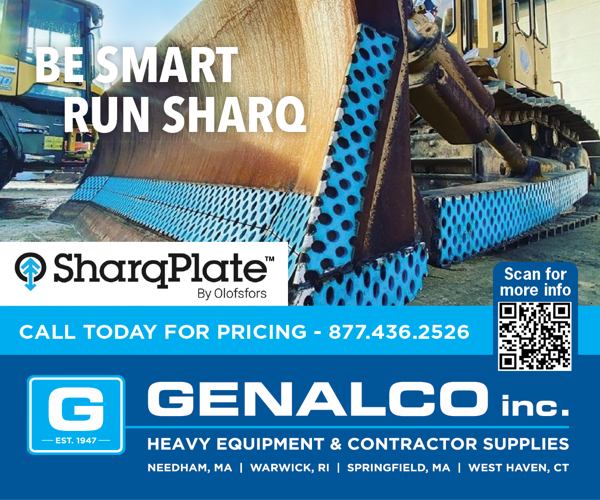We asked industry thought leaders to share their views of what the future holds:
In a 2021 study from McKinsey & Company, sponsored by AED, more than 40 percent of off-highway dealers surveyed think it is very likely or somewhat likely that the OEM(s) they represent will implement a direct-to-consumer model within five years. They expect fully digital sales (including the actual purchase) for new equipment to increase from 7 percent to 29 percent and digital rentals to increase from 7 percent to 33 percent within five years.
“We definitely see things moving in this direction,” said Jefferson Yin, Director of New Business Models and Commercial Intelligence at Volvo Construction Equipment. In 2020, the company began allowing customers to pre-order new electric equipment online, and they recently launched an online configuration tool for those machines, which allows customers to “build and price” their ideal model.
“There will still be transportation, delivery, and service, but it will be much more efficient,” said Steve Clegg, Managing Director and Owner of Winsby, Inc., a business development firm with many clients in the construction equipment industry.

| Your local Volvo Construction Equipment dealer |
|---|
| Tyler Equipment |
“Dealers are behind the curve and contractors are ahead of the curve when it comes to utilizing the Internet,” said Ron Slee, Managing Director of Learning Without Scars, a training resource for dealers. The shift to e-commerce creates what he calls “the Amazon effect,” which means dealers will have to transition from selling things to selling services.
With brand differentiation waning in the heavy equipment market, Dale Hanna, CEO of Foresight Intelligence, a provider of business systems and telematics software, also believes the battle for customers will be based on customer experience. “Dealers need to adopt more technology to be able to serve more customers with the same amount of people or to attract better people,” he said.
“You are going to see the whole industry switch to battery-operated or hybrid machines,” Clegg said. “The amount of parts drops by about 90 percent, so if your operating costs for a skid-steer were $20 an hour, that drops to $3 per hour.”
Dealers make their money on parts and services, and a high absorption rate (+85 percent) is a key focus. This metric is an indication of how well the margin from parts and services covers all the expenses of the dealership.
“Electric machines will cut the maintenance costs, so the dealers will make less money and the OEMs will make less money,” Bartecki said. “It’s a whole new ball game.”

| Your local Wirtgen America dealer |
|---|
| United Construction & Forestry |
| WI Clark |
To make up for the difference, dealerships will have to focus on new revenue sources. “Because they have the service expertise, I would recommend they move into supporting and servicing batteries, providing services such as recharging vehicles, tires, wear parts, and repair,” Clegg said. “They can also expand into different lines of equipment.”
According to Lars Arnold, Electromobility Product Manager for Volvo Construction Equipment, the company is working closely with dealers on sales and service training. The company has added electromobility training at its Hayward Training Center and has plans to include it at its new training center at the Shippensburg headquarters.
“The dealer has the trust of their customer, but they tend to be a single brand, while most customers have mixed fleets,” Hanna said.
Slee believes OEMs have tried to protect their own at the expense of the marketplace, but he is starting to see some signs of change. “The machines need to be able to talk to each other as they do in other industries,” Slee said.
According to Jim Bretz, Director of Service and Solutions for Volvo Construction Equipment, about 60 percent of Volvo’s connected machines use the company’s advanced telematics system called ActiveCare Direct. These machines are monitored 24/7/365 for alarms that indicate an issue. Actionable information (an ACD case) is then sent directly to the customer’s equipment manager and the local dealer within minutes. Included is information that will help the customer address the issue without the help of a dealer. In addition, fleet reports are driving a change to the dealer’s business processes.

| Your local Case Construction Equipment Inc dealer |
|---|
| Beauregard Equipment |
| Monroe Tractor |
“It gives them a tool to proactively consult with customers and help them evaluate and improve machine operation and maintenance,” Bretz said.
According to Slee, OEM dealer market share for parts has dropped to 35-40 percent, about half of what it once was. Buyers today simply have more options, including Amazon.
Luke Powers, CEO of Gearflow, a web-based platform designed to work within the Equipment Triangle to facilitate the sale of parts, believes dealers will soon be competing directly with Amazon.
“MRO supplies are the first entry point of Amazon coming into the industrial markets,” Powers said. “Amazon wants all procurement to be done on its platform regardless of the industry. Private-label brands in the construction equipment industry are the logical next step after adding MRO to their selection.”
Powers wants to take the inefficiencies out of buying OEM and aftermarket heavy equipment parts, and for that he created the Gearflow platform with Co-Founder Ben Preston, to make it easier for suppliers and end-users to work with each other. The platform provides one location for end-users to request parts from their existing suppliers or discover new ones, access their past parts order history paired to their machines, as well as centralize invoicing and reporting across their mixed fleet.

| Your local Esco Corporation dealer |
|---|
| Genalco |
“The No. 1 way dealers lose customers is through miscommunication,” Powers said. A messaging center keeps communications tied to each part’s request and order, in a central location. “We’re trying to automate as much of the process as we can,” he said, “which ultimately will allow end-users and dealers to focus more on productivity and service.
The concept of equipment-as-a-service, which would transfer responsibility for equipment to the manufacturer or dealer, allowing customers to focus on their core business, is also gaining interest. Unlike equipment rental, it might involve an entire fleet to be provided for several years with the potential to tie invoicing directly to usage.
Slee believes the concept has potential. “Contractors use the machine to dig a hole. They are only interested in the hole, and they look at the equipment merely as an operating cost,” he said.
Volvo CE is currently exploring the concept. “One of the most positive aspects from a customer perspective is the payment flexibility that this model offers since it’s usually linked to machine utilization,” said Ray Gallant, Ph.D., Vice President of Product Management and Productivity for Volvo Construction Equipment. This would allow companies with seasonal operations to match equipment expenses with revenues.
“It’s a very customized offer, and it requires that the OEM, dealer, and customer are aligned so the fleet performs accordingly and delivers the expected results,” Gallant said.

| Your local Hyundai dealer |
|---|
| Equipment East |
































































